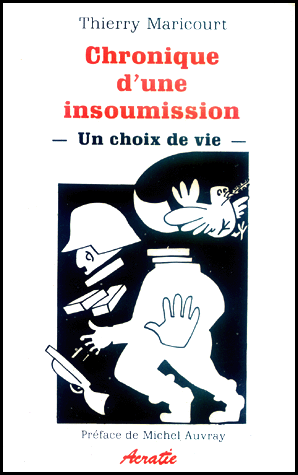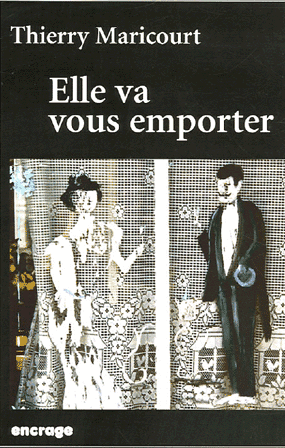Ferrua, Pietro
Rebellion in Patagonia (La Patagonia Rebelde)
Communication. FilmsFERRUA, Pietro Michele Stefano (1930-....)BAYER, Osvaldo (1927 - ....)strikePatagonia (Argentina)Art. Fiction
Argentina, 1974.
Color, 107 mins., 16 mm.
Scenario by Fernando Ayala, Osvaldo Bayer, Héctor Olivera.
Cinematography by Victor Hugo Caula.
Cast: Héctor Alterio, Luis Brandoni, Federico Luppi, Jorge Rivera José Soriano, Osvaldo Terranova.
Prizes: Silver Bear at the 1974 Berlin International Film Festival.
Héctor Olivera’s Rebellion in Patagonia is, without a doubt, the best historical reconstitution of a series of strikes (followed by a massacre) organized by an anarcho-syndicalist union ever filmed. The film is based on a book-length essay by Osvaldo Bayer (who contributed to the script) dedicated to an event that extend from 1921 to 1922 in the southern region of Argentina, called Patagonia, near Cape Horn at the border with Chile.

Patagonia is a very inhospitable region from the climactic point of view. Almost entirely abandoned by the Argentines, at that time, it was inhabited mostly by foreigners (the native Indians had already been decimated during the previous century). A few families owned land: the Braun from Russia, the Nogueira from Portugal, and the Menéndez from Spain. In addition, Britons were exploiting wool and Americans were controlling the meat freezing and transportation business. Among the people, there were Chileans, Italians, Spaniards and Germans - all escaping from misery or tyranny in their native countries, or idealists hoping to build a freer and more egalitarian society in those far away lands.
The anarchists, after the middle of the 19th century, became the most important political force organizing the masses. At the beginning of the 20th century, they published two daily newspapers in Buenos Aires. Later, they founded the powerful union F.O.R.A., which began organizing not only industrial but also rural workers. In Patagonia, they marked some important and unexpected victories, which provoked the organization of right wing militias. As the danger of socialism and revolution increased, constant and urgent appeals to the government of (recently elected) president Yrigoyen, culminated to a violent military and police repression, which caused thousands of deaths and the rejection of previous conquests.

Rebellion in Patagonia follows closely the events narrated in Bayer’s essay - even certain anecdotic details, such as the humorous decision of the guests at a big party in a luxurious hotel to serve themselves to circumvent the boycott organized by the cooks and waiters. Bayer researched on location for seven years to conclude his book, consulting public and private archives, and old collections of newspapers, as well as interviewing some of the survivors. All the names of the anarchists and union organizers were kept - only those of the military were changed. When the film came out, the military had already caused trouble for some filmmakers. Hugo Santiago, for example, was forced into exile for filming Invasión, and his film disappeared from the screens. The conclusion of the story of the Patagonia massacre comes, both in the film and in the book, at the beginning: The "German Tolstoyan" Kurt Wilckens, on June 23, 1923, kills Colonel Varela to "avenge his victims."
Pietro Ferrua
